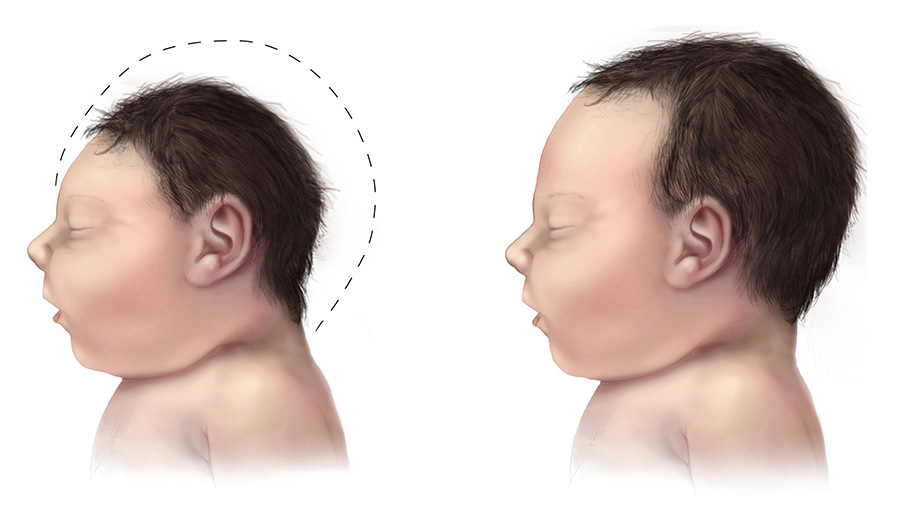Growing Concern Over Zika Virus, Abnormal Brain Development in Newborns Correlation Discovered
WRITTEN BY: ANTHONY PEARSON
It seems that every five years or so, a new medical panic takes place somewhere in the world. Whether it’s SARs, Swine Flu, or Ebola, these diseases usually remain localized and fall away from public awareness as authorities and the medical community deals with the issue. Moving into 2016, the latest disease that has the world in a state of panic is the Zika virus.
First identified in the Zika Forest in Uganda in 1947, the Zika virus – related to yellow fever and the West Nile virus – manifests itself with few serious symptoms including: mild flu-like symptoms and a rash. Similar to the flu, Zika is treated with rest, rarely requiring hospitalization. Due to these mild symptoms, Zika has been of little concern to the world for some time. This all changed from 2013 to 2016.

Between 2013 and 2014, the virus spread across the Pacific, making it to most of South America by 2015. The virus – spread by Aedes mosquitoes – has reached pandemic levels as the illness is not currently preventable with drugs or vaccines. While the virus was initially thought to be only mildly dangerous, a new, terrifying trend began to emerge in the newly infected areas.
As of February 2016, it has been found that there is a correlation between Zika fever in pregnant women and abnormal brain development in their fetuses. Newer evidence suggests that the Zika virus itself may be the cause. The brain development issues are not minor in nature. In many cases, the issues result in a miscarriage of the fetus. In ones where the fetus survives, children are often born with severe neurological disorders such as microcephaly. In the case of microcephaly, the head circumference – and as a result the size of the brain – is two or more standard deviations below average. Life expectancy is short with the affected children experiencing severely impaired intellectual development, lack of motor functions, and often stunted growth of the entire body.

Due to the new link suggested between the Zika virus and microcephaly, the Centers for Disease Control and Prevention (CDC) and World Health Organization (WHO) have taken recent steps to begin tracking and working towards treatment for the disease. On Feb. 1, 2016, the WHO declared the Zika virus a public health emergency of international concern, stating that:
“As these clusters [of microcephaly and other neurological disorders] have occurred in areas newly infected with Zika virus, and in keeping with good public health practice and the absence of another explanation for these clusters, the Committee highlights the importance of aggressive measures to reduce infection with Zika virus, particularly among pregnant women and women of childbearing age.” (WHO)
At this point in time, various health organizations around the world are working to determine the exact relationship between Zika and microcephaly, as well as other potential complications associated with the virus, and how it may be prevented and treated. As of now, no restrictions on travel or trade have been made, but the WHO and CDC advise that individuals – especially pregnant women – be cautious when traveling to areas in which Zika outbreaks are ongoing, such as parts of Brazil and Mexico.
Further reading:




